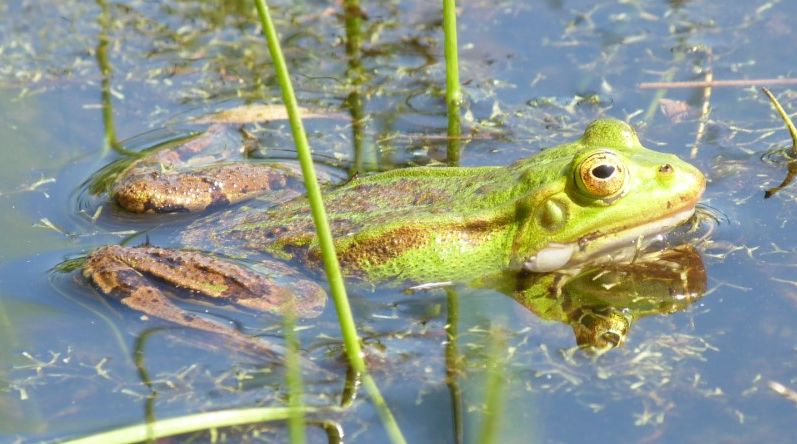
Project Summary
The global decline of pollinators requires targeted action to stop and reverse the negative trend. Strategic conservation planning is a suitable means to develop targeted solutions to preserve threatened species by engaging multiple stakeholders in designing conservation measures. Conservation Action Plans are part of Luxembourg’s National Action Plan for the Preservation of Pollinators (Action 10 “Develop and implement species action plans for certain wild pollinators”).
In the proposed project, we aim to (1) create a priority list of species for which action plans are required (subaction 10.1 of the National Action Plan for Pollinators), (2) adapt the European Action Plan for teasel-plant specialised bees (subactions 10.2 and 10.3 of the National Action Plan for Pollinators) and translate it into a National Action Plan for teasel-plant specialised bees for Luxembourg and implement priority actions, (3) develop a National Action Plan for the Endangered hoverfly Neoascia unifasciata, which has recently been discovered in Luxembourg (subaction 10.2 and 10.3 of the National Action Plan for Pollinators) and implement priority actions, and (4) develop a National Action Plan to create a network of suitable wild pollinator habitats (“buzz-lines”; 10.2, 10.3 and 5.3 of the National Action Plan for Pollinators) and implement priority actions.
The ultimate goal is to improve the status of priority pollinator species by close collaboration with local stakeholders.
Project status
- Proposal accepted by the Ministre de l’Environnement, du Climat et de la Biodiversité.
- Host institution: Fondation faune-flore (FFF) @ Research Center, Musée national d’histoire naturelle (MNHNL).
- Researcher : Balint Andrasi
- Partners: MECB, Trier University
- Duration: April 2024 – November 2026
Contacts
- Axel Hochkirch, Department of ecology (MNHNL)
phone (+49) 1626167070
axel.hochkirch@mnhn.lu - Alexander Weigand, Department of Zoology (MNHNL)
phone: (+352) 462240 212
alexander.weigand@mnhn.lu - Balint Andrasi, (FFF)
Phone: (+352) 621204201
balint.andrasi@ext.mnhn.lu
Research center
Life science department
25, rue Münster
L-2160 Luxembourg
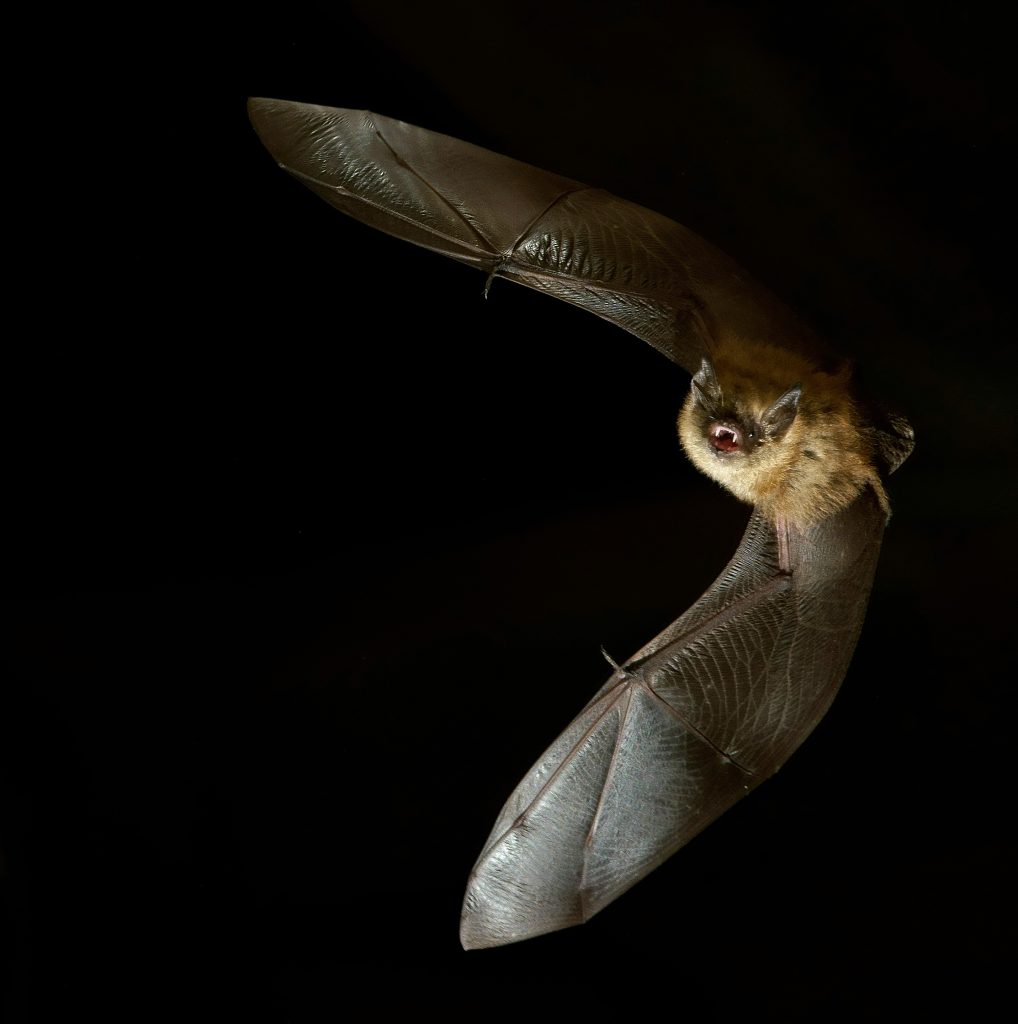
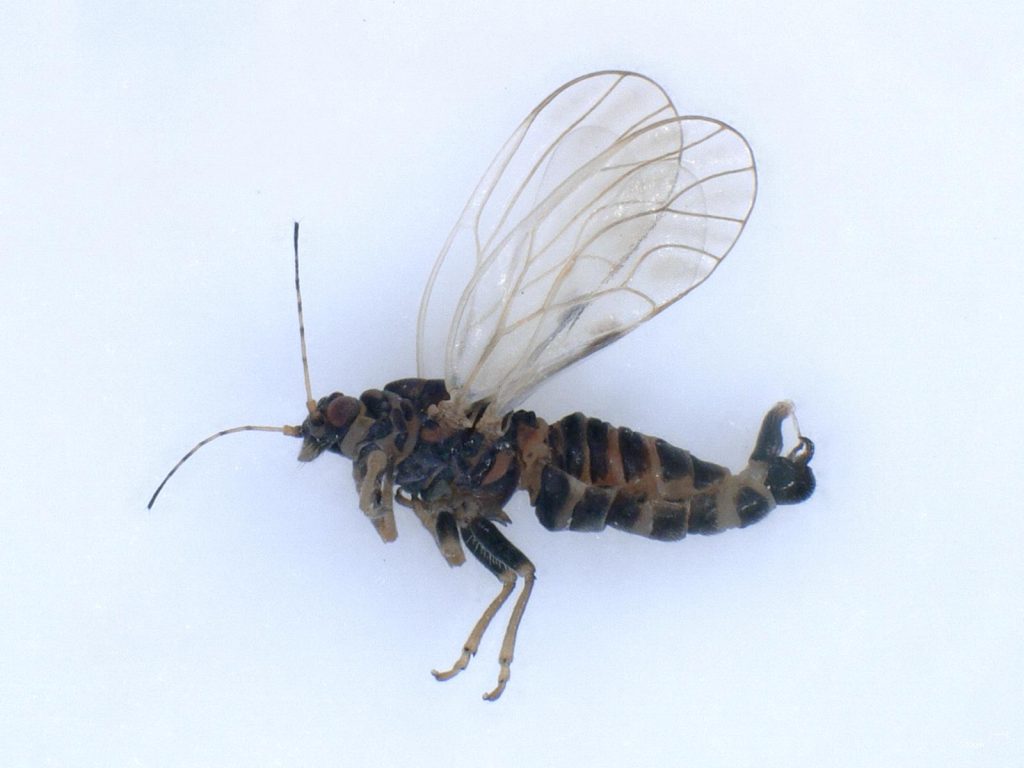
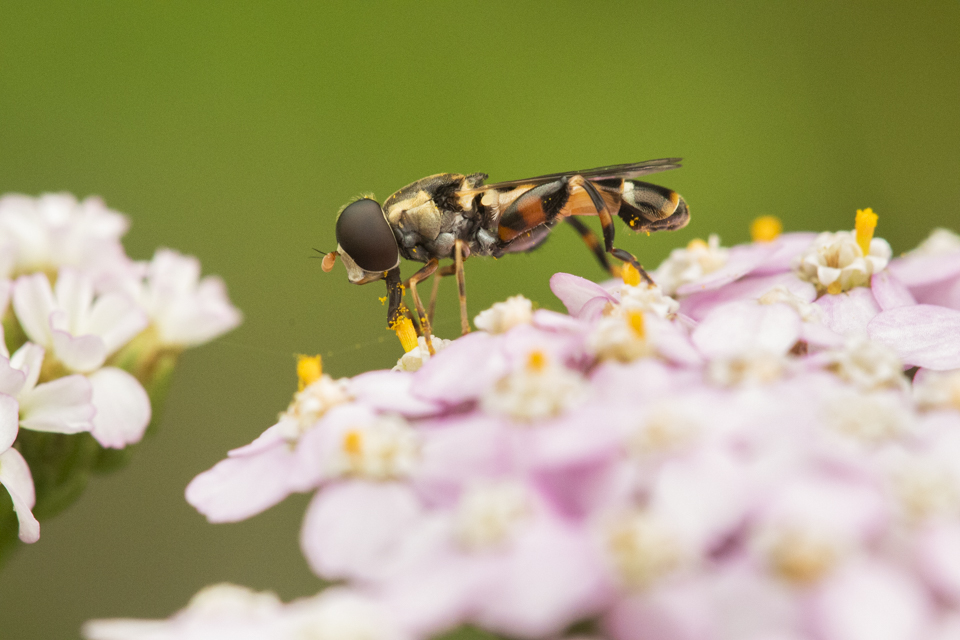
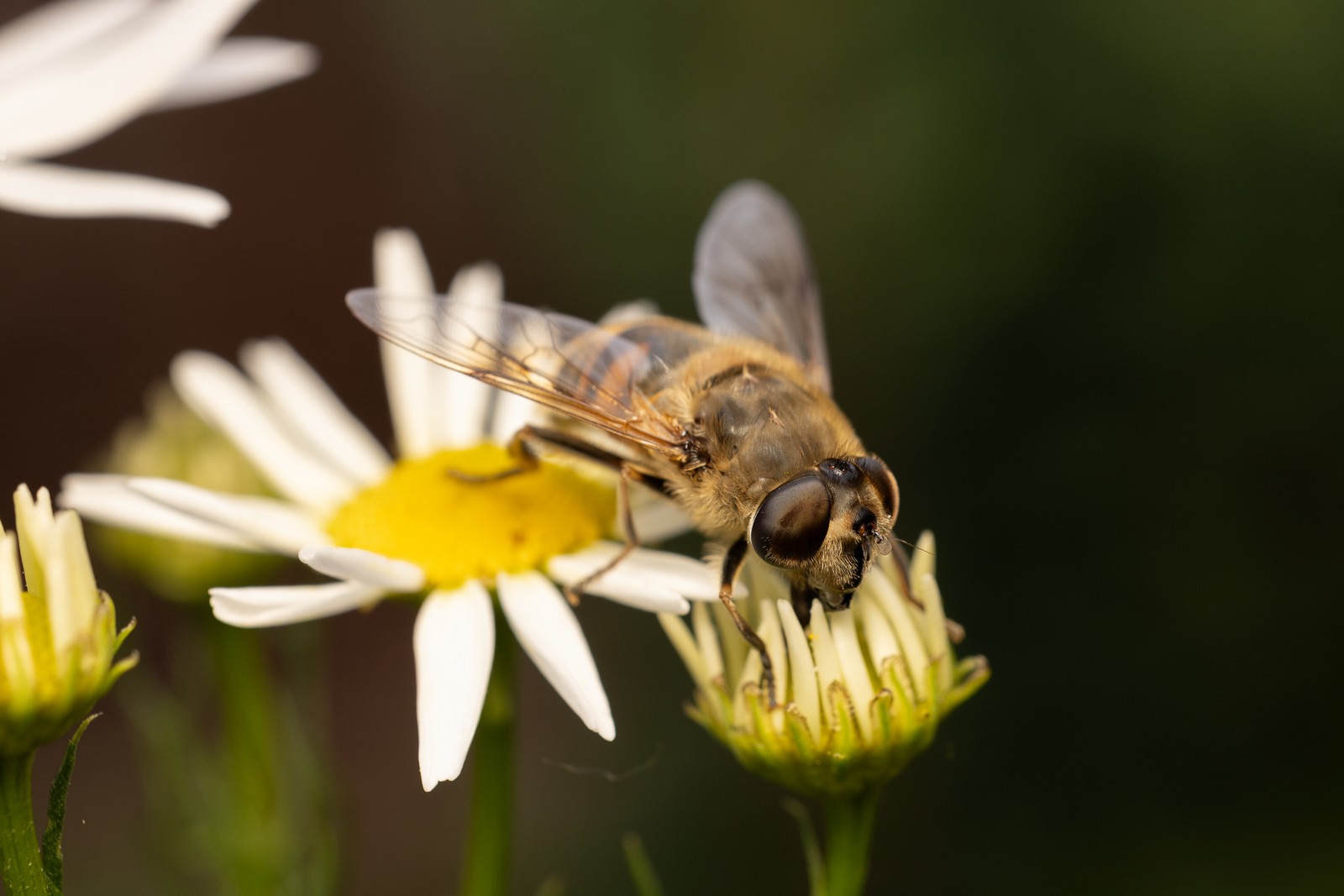
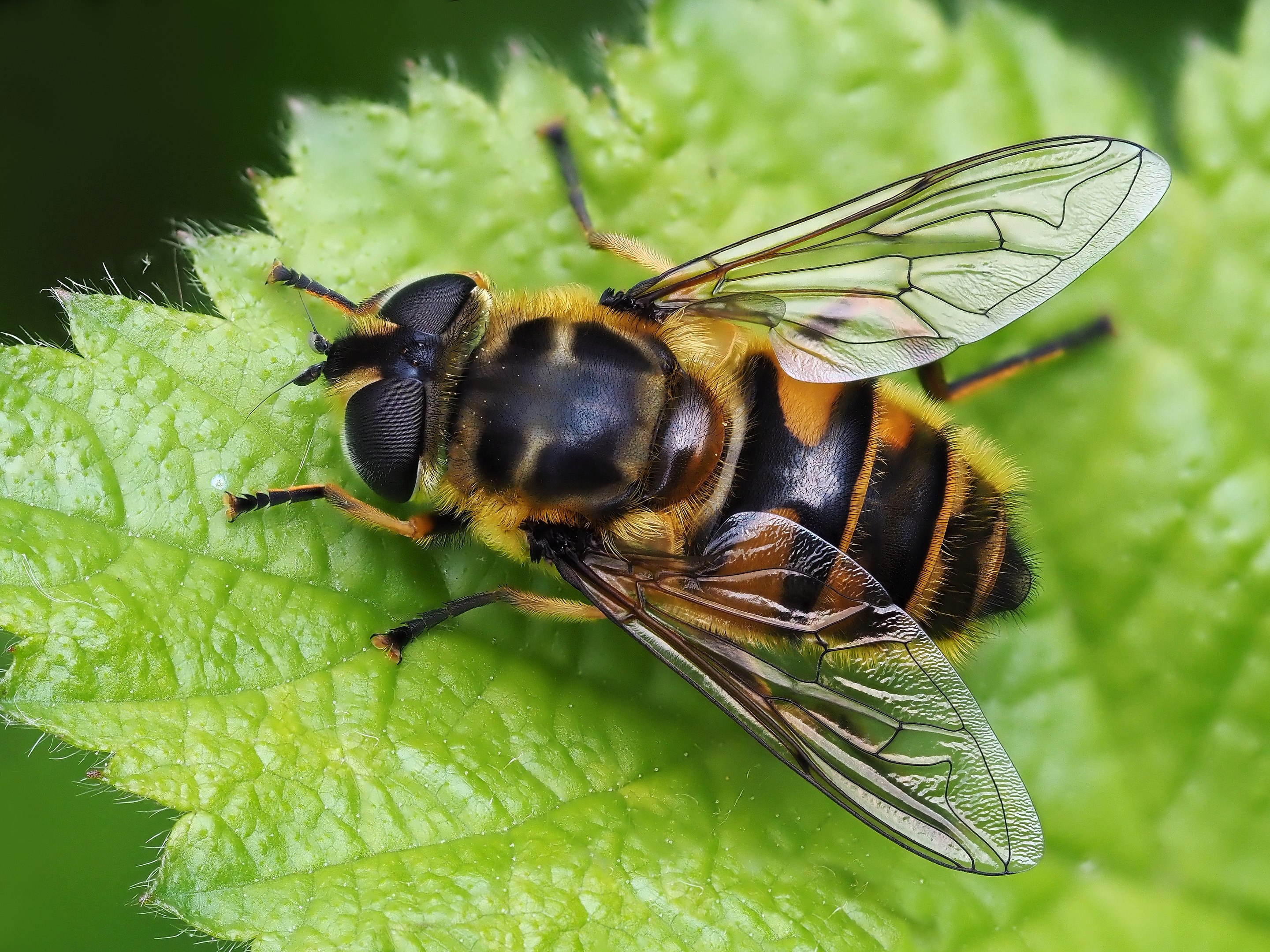
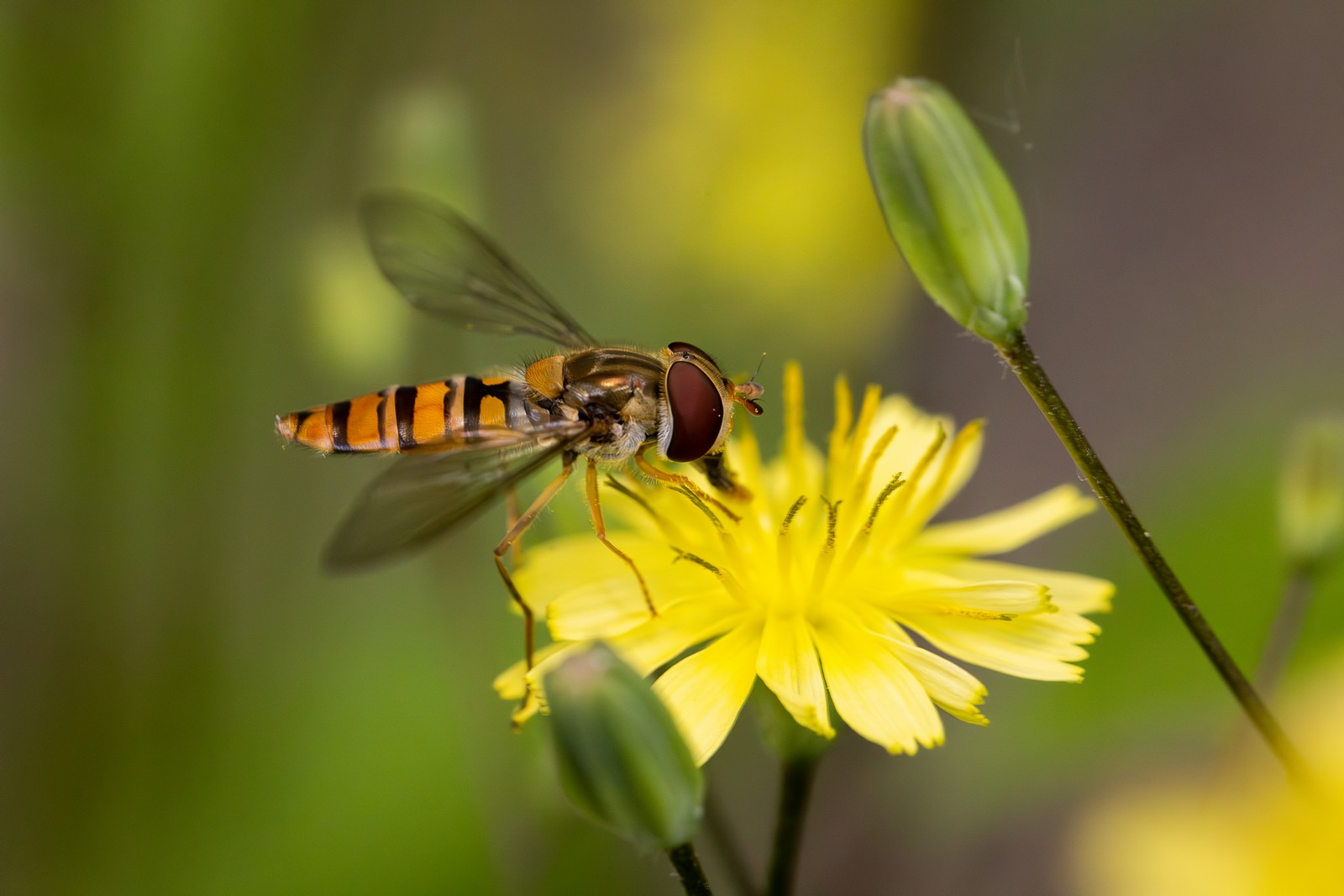

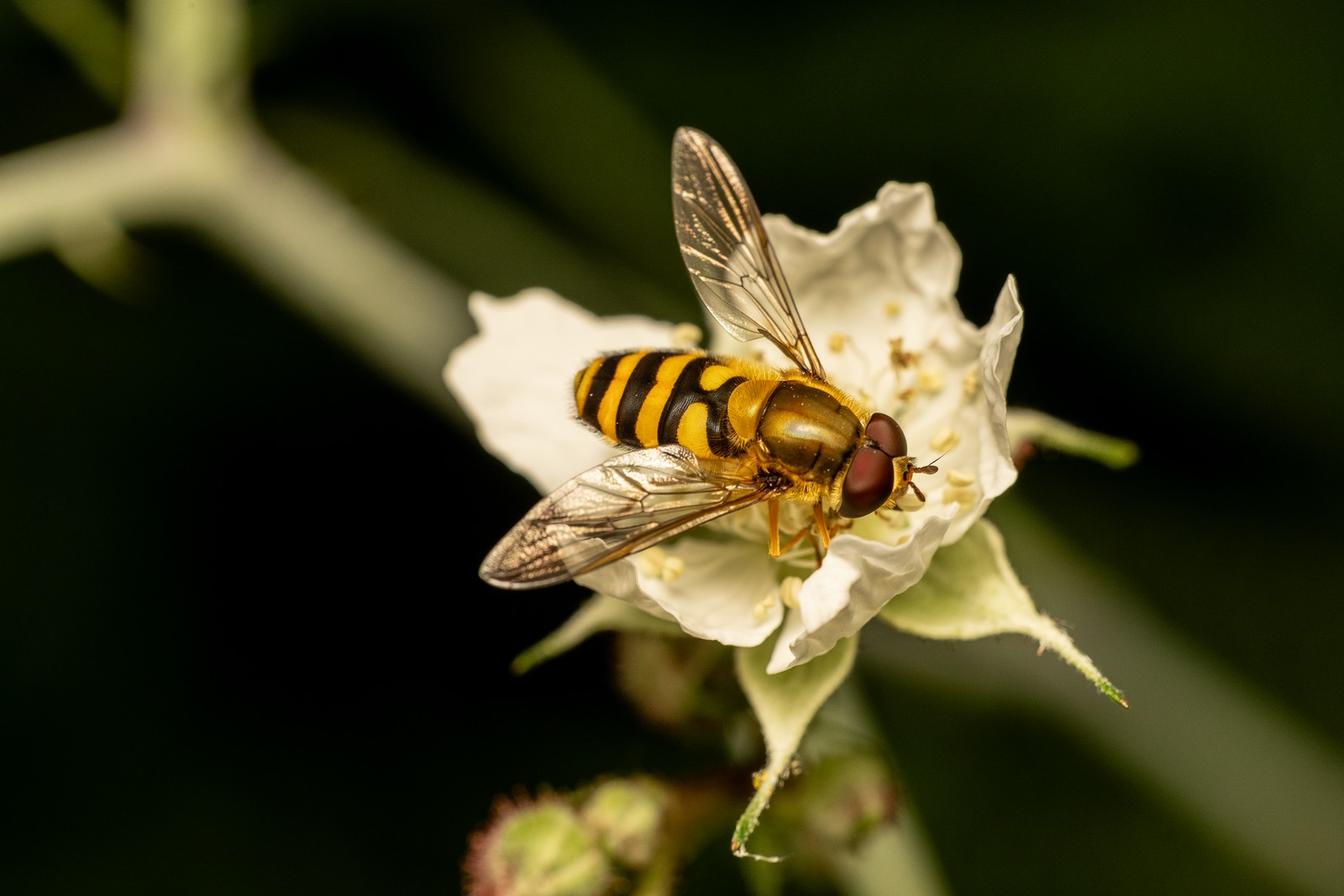

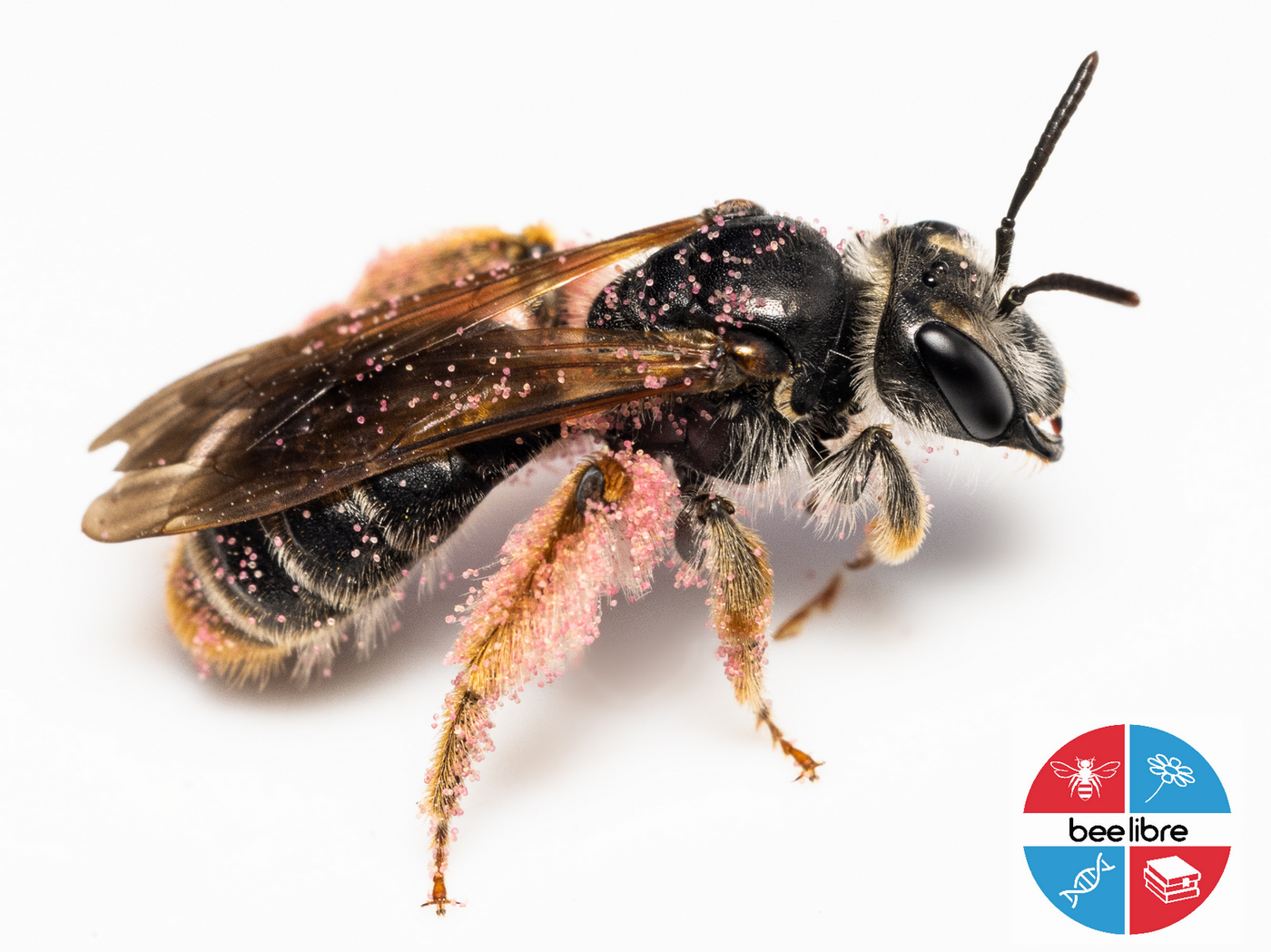
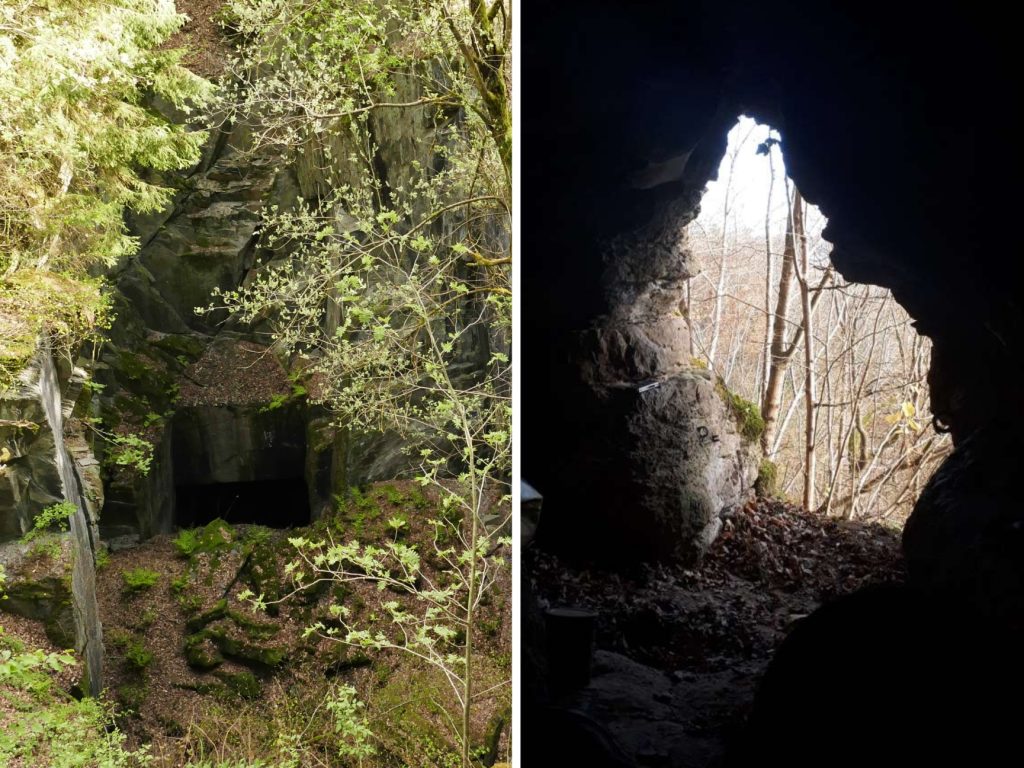

 Populations of the pond-breeding Northern crested newt (Triturus cristatus) have severely declined in Luxembourg during the last century. The species is listed on Annexes II and IV of the EU Habitats Directive (Council of the European Communities, 1992) and EU member states must therefore ensure the maintenance or, where appropriate, the re-establishment of a favourable state of conservation of the species’ and its habitats. In order to maintain the species’ metapopulation dynamics, more than 350 artificial freshwater bodies have been created in the west and southwest of the country since 1993. This conservation measure lacked a certain degree of effectiveness as fewer than 75% of the engineered ponds have been colonized by the target species. There is thus an urgent need to generate an evidence-based understanding of the movement ecology of crested newts in the Luxembourg context and to design and place engineered ponds appropriately. We present three work packages that will operate at different spatial scales and that will use population and landscape genetic methods to identify landscape factors influencing newt dispersal and population connectivity. Specifically, we will i) analyse the population genetic structure of the crested newt across Luxembourg in order to identify isolated populations and environmental factors that hinder exchange between populations, ii) model landscape connectivity at the regional scale to empirically identify landscape features that impact on exchange between ponds and to predict crested newt movements across the landscape, iii) identify optimal locations for new ponds using a systematic conservation planning (site-selection algorithm) approach. The overriding objective of the proposed research project is to identify efficient conservation measures that will ensure the long-term survival of crested newts in Luxembourg.
Populations of the pond-breeding Northern crested newt (Triturus cristatus) have severely declined in Luxembourg during the last century. The species is listed on Annexes II and IV of the EU Habitats Directive (Council of the European Communities, 1992) and EU member states must therefore ensure the maintenance or, where appropriate, the re-establishment of a favourable state of conservation of the species’ and its habitats. In order to maintain the species’ metapopulation dynamics, more than 350 artificial freshwater bodies have been created in the west and southwest of the country since 1993. This conservation measure lacked a certain degree of effectiveness as fewer than 75% of the engineered ponds have been colonized by the target species. There is thus an urgent need to generate an evidence-based understanding of the movement ecology of crested newts in the Luxembourg context and to design and place engineered ponds appropriately. We present three work packages that will operate at different spatial scales and that will use population and landscape genetic methods to identify landscape factors influencing newt dispersal and population connectivity. Specifically, we will i) analyse the population genetic structure of the crested newt across Luxembourg in order to identify isolated populations and environmental factors that hinder exchange between populations, ii) model landscape connectivity at the regional scale to empirically identify landscape features that impact on exchange between ponds and to predict crested newt movements across the landscape, iii) identify optimal locations for new ponds using a systematic conservation planning (site-selection algorithm) approach. The overriding objective of the proposed research project is to identify efficient conservation measures that will ensure the long-term survival of crested newts in Luxembourg.
